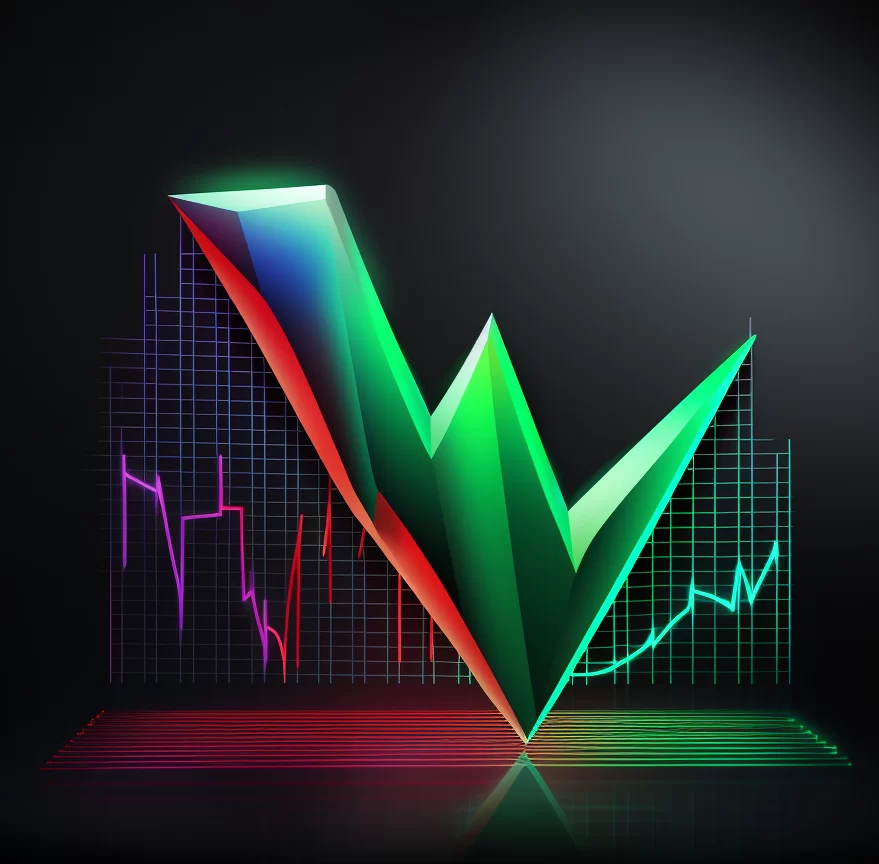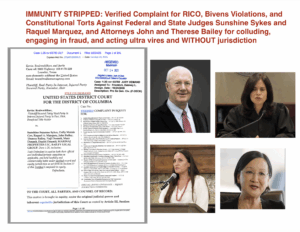Unprecedented Numbers: Arrests, Convictions, and Financial Damage
The operation uncovered fraudulent schemes responsible for an estimated $1 billion in losses to homeowners, financial institutions, and investors. The efforts resulted in:
- 406 defendants charged in 144 separate cases nationwide.
- 300+ convictions secured, many involving prominent figures in the real estate and mortgage industries.
- Billions of dollars in restitution ordered for victims of fraud.
- Hundreds of businesses and financial institutions defrauded through falsified loans, inflated property valuations, and illegal foreclosure actions.
These arrests and convictions sent a powerful message that the federal government was prioritizing the enforcement of laws designed to protect homeowners, lenders, and the integrity of the housing market. The operation not only exposed large-scale fraud but also emphasized the need for stricter accountability and oversight in the mortgage industry.
Major Banks and Financial Institutions Involved in the Fraud
Several major financial institutions played a role in the fraudulent schemes exposed during Operation Malicious Mortgage, including:
- Wells Fargo
- Wells Fargo was heavily involved in pushing homeowners into subprime loans, and was accused of engaging in false mortgage documentation practices.
- Bank of America
- The bank faced allegations of inflating property appraisals, which led to borrowers being pushed into loans they could not afford.
- JPMorgan Chase
- JPMorgan Chase was implicated in robo-signing and forged mortgage documents, contributing to illegal foreclosures.
- Citigroup
- Citigroup was accused of misleading borrowers about mortgage terms and inflated property values to facilitate risky loan origination.
- Goldman Sachs
- Goldman Sachs was found to have packaged risky subprime mortgages into mortgage-backed securities (MBS) and sold them to investors, contributing to the financial collapse.
- Deutsche Bank
- Deutsche Bank was accused of manipulating the securitization of loans and engaging in fraudulent practices that led to significant investor losses.
- HSBC
- HSBC engaged in misleading loan documents and deceptive foreclosure practices, harming homeowners and investors alike.
Fraudulent Schemes Exposed in Operation Malicious Mortgage
The schemes uncovered during Operation Malicious Mortgage reflected systemic issues that led to widespread economic damage. The main fraudulent activities included:
- Loan Origination Fraud
- Mortgage brokers and lenders falsified borrower information to qualify them for loans they could not repay. Many of these loans were subprime, leading to widespread defaults.
- Property Valuation Fraud
- Appraisers inflated property values, allowing lenders to approve loans exceeding the true market value of properties. This practice left many homeowners “underwater,” with mortgages higher than the actual value of their homes.
- Foreclosure Rescue Scams
- Fraudsters took advantage of distressed homeowners, offering fake foreclosure relief services that ultimately harmed the homeowner’s financial position and stripped them of their equity.
- Robo-Signing and Document Fabrication
- Robo-signing was used by banks like JPMorgan Chase and Bank of America, where employees signed foreclosure documents without reviewing them or without proper authorization, violating legal foreclosure processes.
- Securitization Fraud
- Large institutions like Goldman Sachs and Citigroup were implicated in bundling subprime loans into securities and selling them to investors, while misrepresenting the true risk involved in these financial products.
Some Relevant Case Law: Legal Precedents in Mortgage Fraud
The fraudulent activities uncovered during Operation Malicious Mortgage violated several key consumer protection laws, such as the Truth in Lending Act (TILA), Real Estate Settlement Procedures Act (RESPA), and Racketeer Influenced and Corrupt Organizations Act (RICO). Below are key cases that set legal precedents and provide a basis for prosecuting mortgage fraud:
1. Durante Bros. & Sons, Inc. v. Flushing Nat’l Bank
- Citation: 755 F.2d 239 (1985)
- Key Point: This case clarified that a civil RICO action does not require criminal conviction but only the commission of a predicate offense. It reaffirmed that racketeering activity must show a pattern that causes harm to victims.
2. Wright v. Mid-Penn Consumer Discount Co.
- Citation: 133 B.R. 704 (1991)
- Key Point: Lenders must accurately disclose terms and conditions in loan agreements. This case highlighted the lender’s responsibility under TILA to provide proper disclosures to consumers.
3. Steinbrecher v. Mid-Penn Consumer Discount Co.
- Citation: 110 B.R. 155 (1990)
- Key Point: This case further emphasized the TILA violations, where lenders failed to disclose mandatory information such as finance charges, resulting in liability for the lender.
4. Cervantes v. General Electric Mortgage Co.
- Citation: 67 B.R. 816 (Pa. 1986)
- Key Point: TILA compliance was critical, and the failure of lenders to provide full, accurate disclosures about the loan terms was a significant violation.
5. Marshall v. Security State Bank of Hamilton
- Citation: 121 B.R. 814 (1990)
- Key Point: TILA violations occurred when the lender failed to disclose important finance charges and other loan details, holding the bank liable for the failure.
6. McCausland v. GMAC Mortgage Co.
- Citation: 63 B.R. 665 (Pa. 1986)
- Key Point: GMAC was found in violation of TILA for failing to provide the required disclosures and interest rate information, which were critical in assessing the borrower’s ability to repay the loan.
7. Nichols v. Mid-Penn Consumer Discount Co.
- Citation: 1989 WL 46682 (Pa. 1989)
- Key Point: The misrepresentation of the Notice of Right to Cancel violated TILA, and the failure of the lender to provide accurate notices resulted in significant liability.
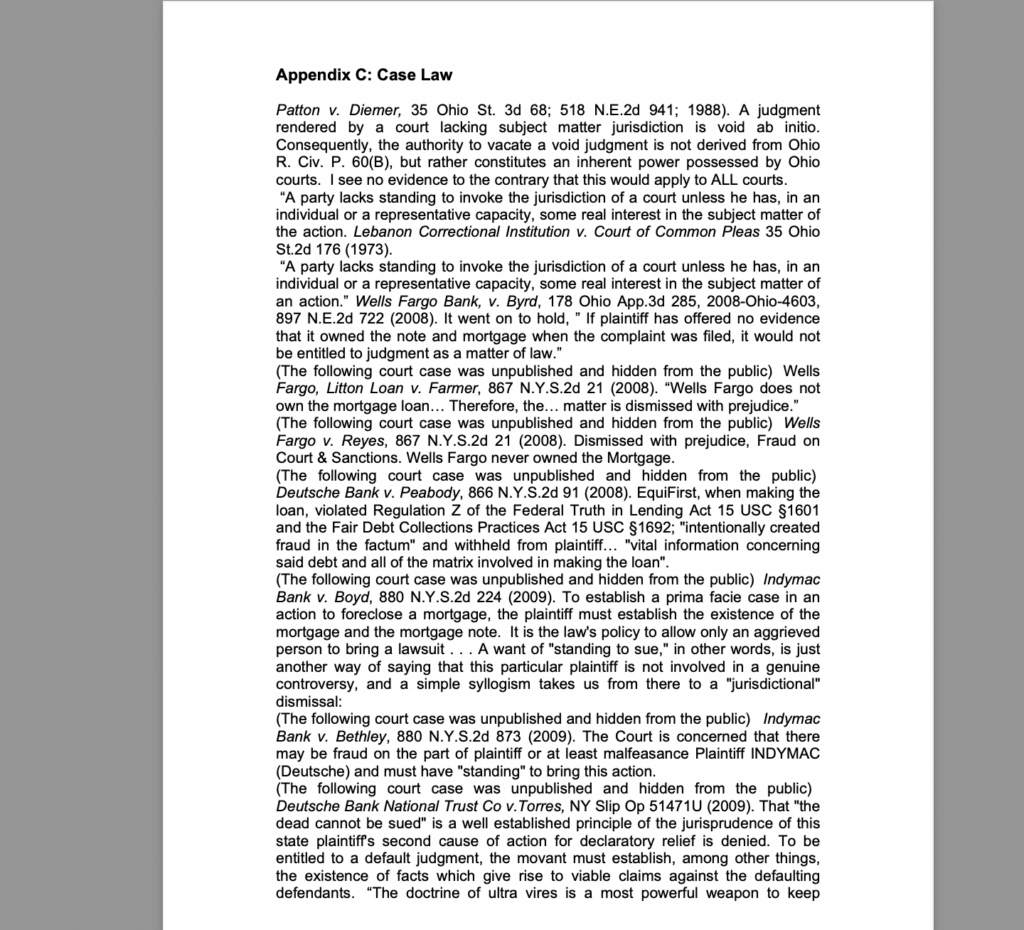
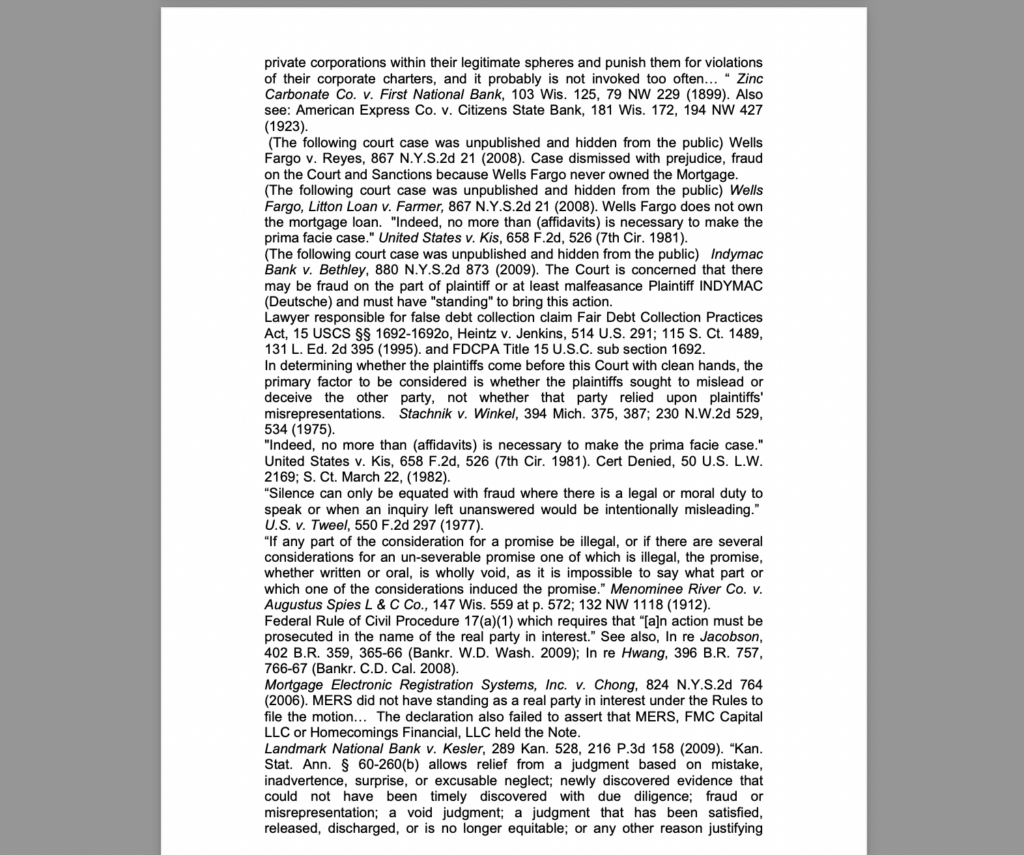
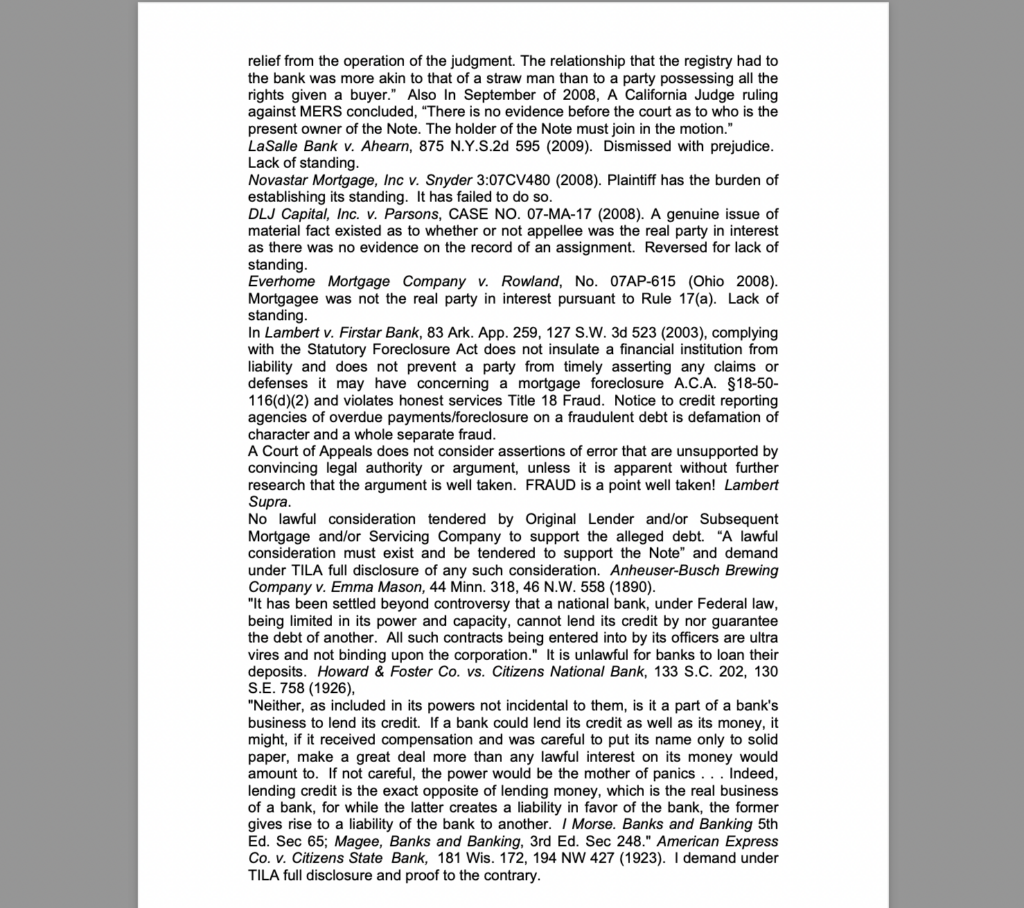
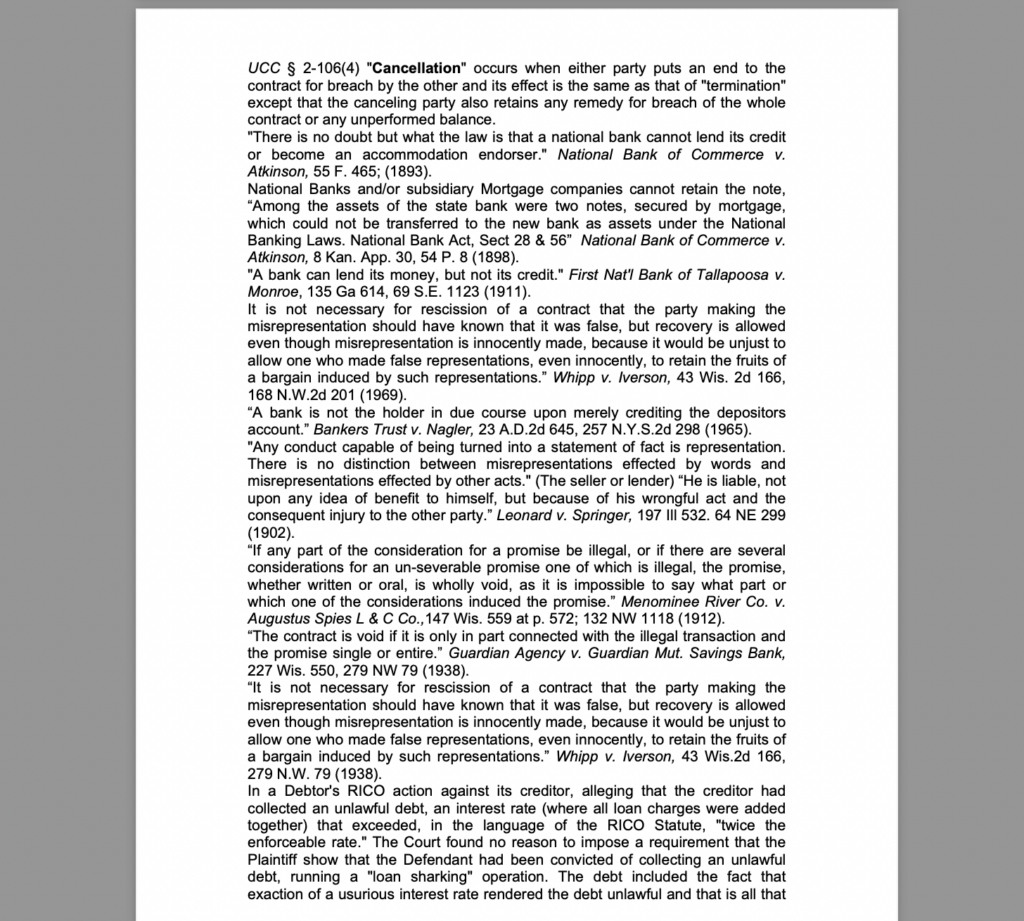

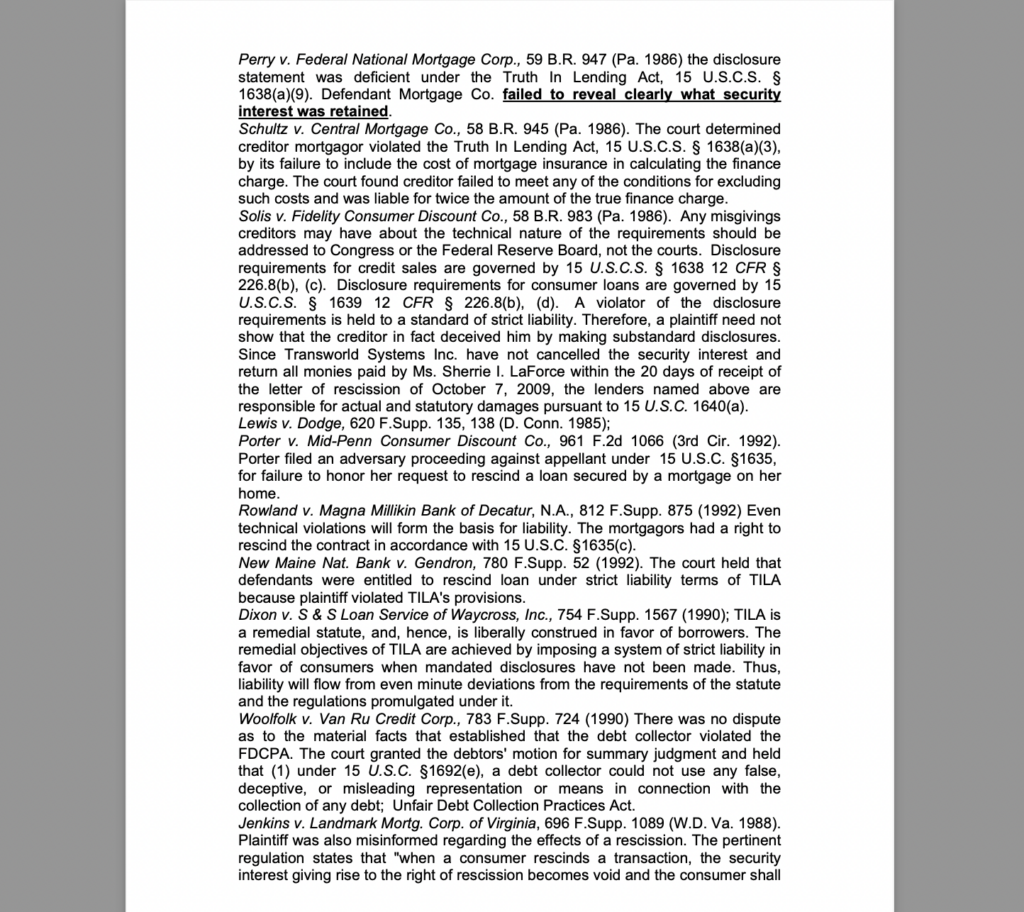
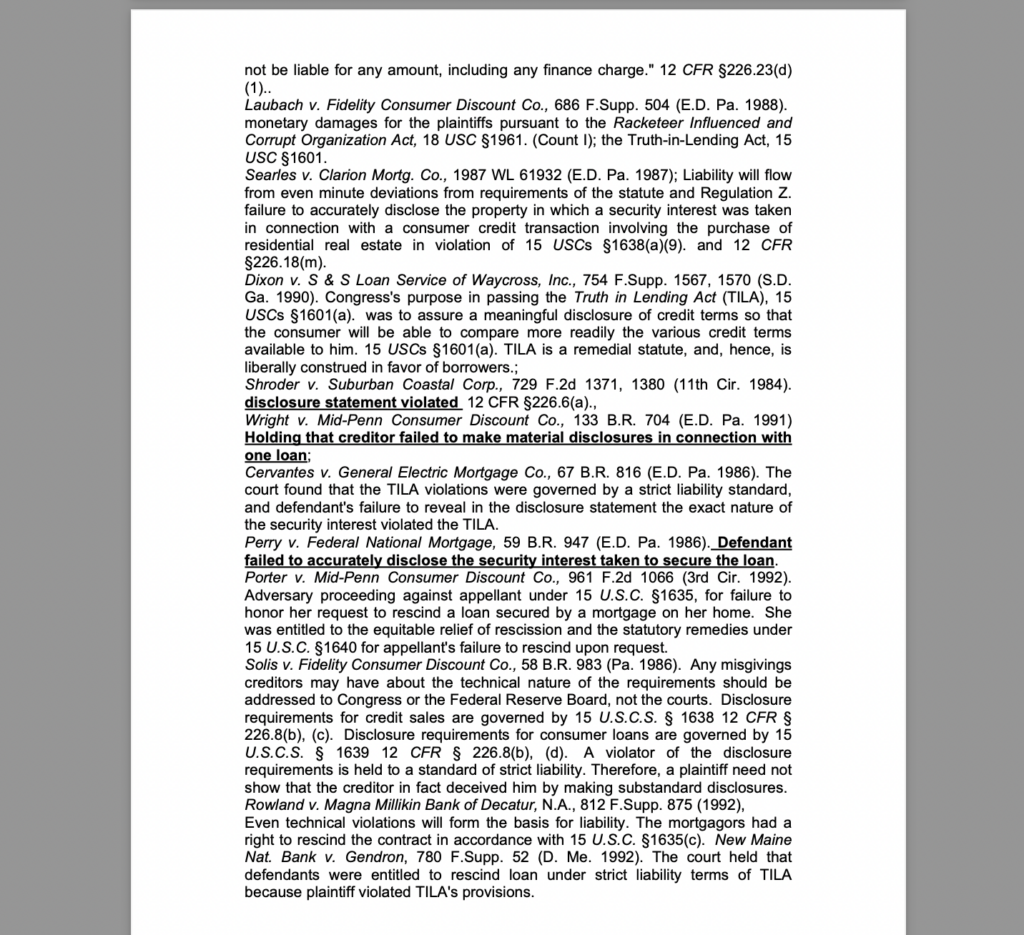
Screen Shot 2024 12 14 at 1.46.34 PM
How Operation Malicious Mortgage Tied Into Legal Precedents
The schemes uncovered during Operation Malicious Mortgage mirrored issues that had been addressed in case law concerning TILA violations, RICO offenses, and fraudulent mortgage practices. Loan origination fraud, misleading property valuations, and illegal foreclosure tactics were all clear violations of federal consumer protection laws, particularly those concerning transparency and fairness in the lending process.
The precedents set by the cases above demonstrate how fraud committed by major financial institutions such as Wells Fargo, JPMorgan Chase, and Bank of America could be prosecuted under existing legal frameworks like RICO and TILA, reinforcing the need for stronger regulation and enforcement in the mortgage industry.
Conclusion: A New Era of Accountability
The findings from Operation Malicious Mortgage were pivotal in exposing the scale of mortgage fraud and the involvement of major financial institutions in these illicit activities. By tying these fraudulent practices to established legal precedents, the operation underscored the need for greater accountability in the mortgage industry. The $1 billion in damages and the 300+ convictions highlight the critical role that law enforcement plays in protecting consumers and ensuring the integrity of the financial system.
Through these coordinated efforts, Operation Malicious Mortgage brought much-needed reform to a corrupt industry and set a clear standard for prosecuting mortgage fraud. The operation not only held individuals accountable but also sent a strong message to the financial industry that fraudulent practices would no longer go unchecked.
